WHAT ARE STREET WORKOUT AND CALISTHENICS
Before diving deep into what calisthenics and Street Workout really are, let me define both terms to avoid confusion. Calisthenics is a physical training system focused on using your own body and its capabilities. Street Workout, on the other hand, is a sport that uses calisthenics as its core training method but has enough identity and structure to stand on its own as a sport. That said, many other sports benefit from calisthenics to improve fitness without necessarily practicing Street Workout. Confusing, right? It was for me at first, especially since people often use both terms interchangeably. Now that’s cleared up, this post will mainly focus on Street Workout, while also touching on calisthenics along the way.
HISTORY OF STREET WORKOUT AND CALISTHENICS
Street Workout and Calisthenics have deep roots going back to Ancient Greece. Just look at the etymology of the terms: “kallos” means beauty and “sthenos” means strength. Fast forward to the early 21st century, where Russian and American athletes popularized this discipline. Specifically, in 2005, in some of the poorest areas of New York and Brooklyn, groups like Bartendaz and Ruff Ryders began to form. Back then, gym memberships were a luxury many couldn’t afford, so parks became the go-to training spots.
A little later, in 2008, Street Workout truly exploded onto the scene thanks to icons like Hannibal For King and Zef Zakavelli, who became legends and marked a turning point in the sport. Thanks to the internet, they were able to showcase their progress—both physical and skill-wise—and their videos quickly went viral. This opened the world’s eyes, revealing exercises never before seen and completely shattering the limitations athletes had previously accepted, who had only performed very basic moves. Time went by, and in April 2011, the first organization dedicated to Street Workout was founded in Latvia, called the “World Street Workout and Calisthenics Federation.”
Fast forward to 2020, and the movement hasn’t stopped growing. I live in Barcelona, and you won’t find a neighborhood around the city without a park. Over the last three years, the scene has had a major boom, and it seems city councils have finally understood that these facilities are essential. Let’s hope this positive trend continues, with more and more people getting involved in training, more sponsors stepping in, and more competitions being organized—finally cementing Street Workout as a recognized sport.
DEFINING STREET WORKOUT AND CALISTHENICS
There are many definitions given for this discipline. However, whenever I read one, it feels incomplete—I don’t know why. It’s like you just can’t capture everything Street Workout entails in a few lines. So, I’m not going to give you a standard, rigid definition. Actually, I’m not going to define it at all—I wouldn’t know how. Instead, I’ll throw out some ideas, a list where I’ll share, both objectively and subjectively, what Street Workout means to me. Later, if you want, you can create your own definition and add whatever you think fits best. Let’s get started!
| Values. Humility, camaraderie, and the will to improve day by day. | There are different modalities: endurance, strength, freestyle, workout style... |
| Bodyweight is used for its exercises and movements. | Various organizations promote it: WSWCF, FESWC... |
| You can add weight if needed. | There are many competitions. |
| There are numerous exercise variations. | It is usually practiced in outdoor facilities. |
| It is often done in groups but can also be trained individually. | “It’s free.” As long as you don’t buy equipment, which can be tricky. |
Philosophy of Street Workout
Street Workout is as much a social movement as it is a sport. Since its beginnings, Street Workout has proudly upheld strong positive values such as respect, solidarity, equality, and social inclusion among its community members. At the same time, the effort and self-improvement practiced daily in this sport easily translate to other areas of life. If that weren’t enough, practitioners see Street Workout as a lifestyle, where the competitiveness typical of other sports takes a backseat.
BENEFITS OF STREET WORKOUT AND CALISTHENICS
Saying any physical activity has benefits is stating the obvious. Just moving is beneficial. But here, I want to highlight what sets Street Workout apart, what makes it unique or at least different from other sports with similar goals. To understand that, we need to look at its core traits:
- It mainly uses bodyweight, though weighted vests or resistance bands are common to push biomechanics like no other sport.
-
Most exercises are compound movements, engaging many muscles at once.
- Isometric holds are a staple, creating tension in ways few other disciplines do.
- Eccentric (negative) phase training is emphasized, especially in static holds like front levers or planches, where controlling the lowering phase is key.
- Limits are set by you. Street Workout is constantly evolving, with new moves appearing daily, unlike more rigid sports such as artistic gymnastics.
With this intro, you probably already get what makes Street Workout stand out. Now, here are some key benefits:
-
Muscle Activation: Due to compound exercises, isolating a single muscle is rare, so you’re almost always engaging multiple muscles simultaneously. This can be challenging but is usually beneficial.
-
Improved Proprioception: This is your body’s ability to sense its exact position in space. A well-developed proprioceptive system helps you react better to external forces—like falling safely and avoiding serious injuries.
-
Balance, Mobility, Flexibility & Stability: Street Workout demands these skills, which improve with practice and are essential for progressing to higher levels.
-
Calorie Burn: While pure muscle gain exercises aren’t optimal for fat loss (that’s cardio’s domain), calisthenics works large muscle groups, ramping up calorie consumption. Functional or high-intensity routines further amplify this effect.
-
Joint Strength: The typical exercises strengthen tendons and joints, especially elbows and shoulders. This is great, but if you have pre-existing issues, be cautious—these areas endure heavy loads.
-
Cost-effective: Not exactly a health benefit, but important—Street Workout is free. This accessibility draws many people into the discipline.
MODALITIES IN STREET WORKOUT AND CALISTHENICS
One of the coolest things about Street Workout is the variety it offers. Your goals can vary widely, and you can progress across different areas simultaneously, or specialize deeply in one. Here are some classic Street Workout modalities:
STATICS
DYNAMICS
STRENGH
RESISTANCE
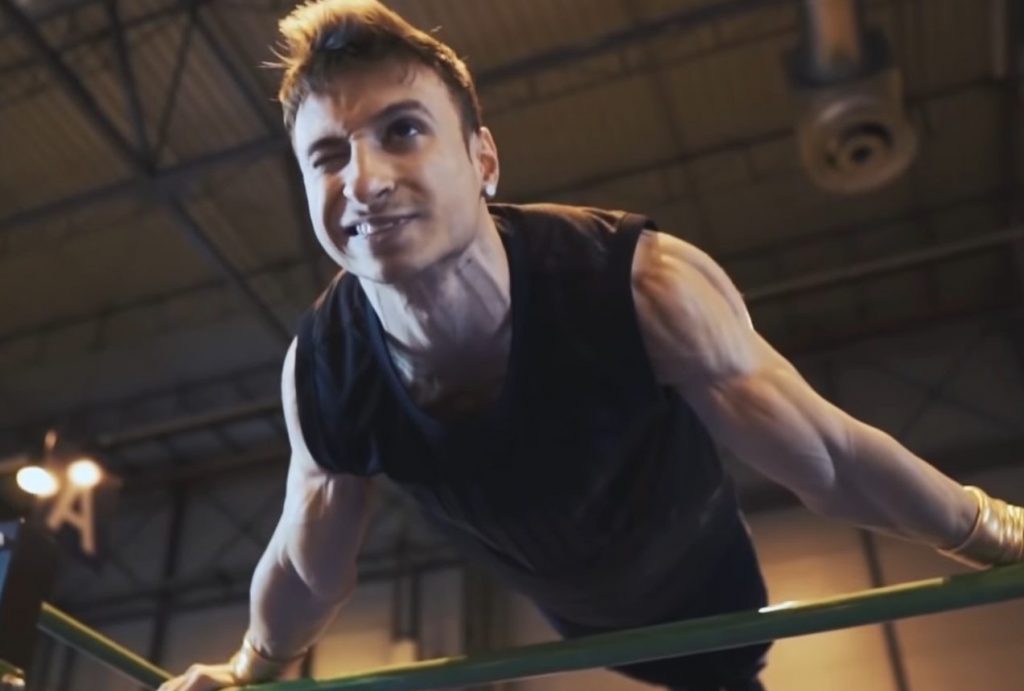
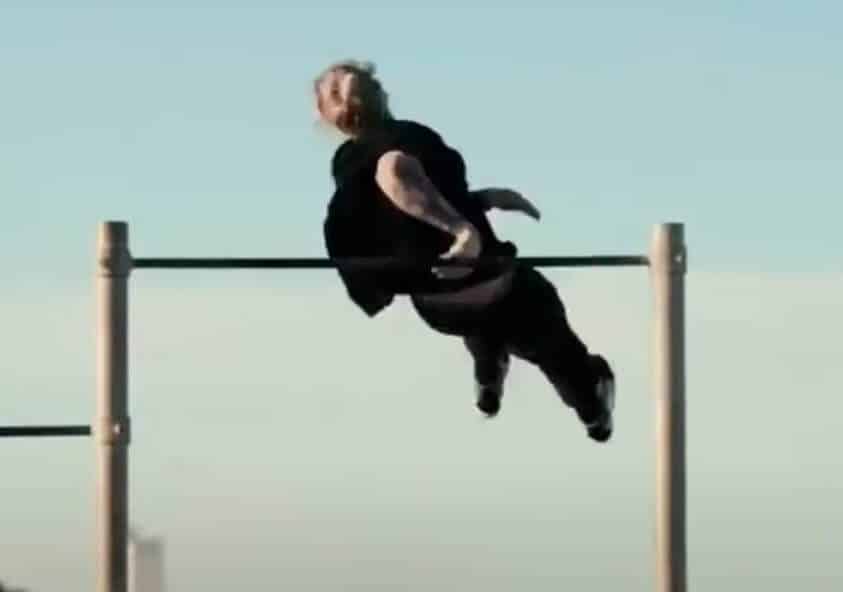
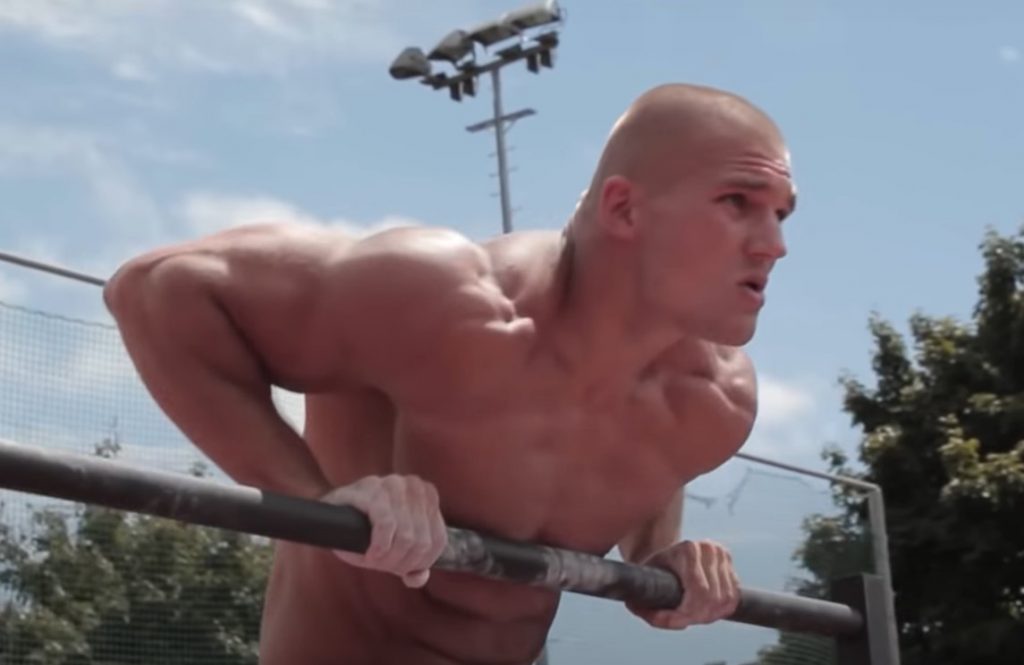
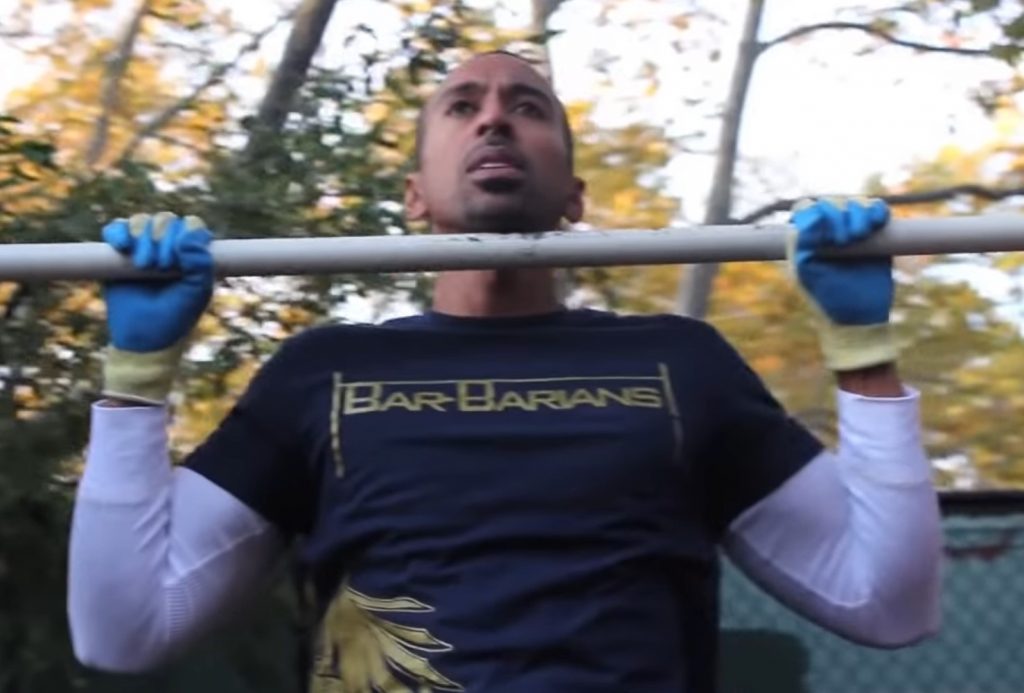
Strength Moves: These require long-term strength development—think front lever, back lever, full planche, Victorian. Don’t try these if you’re a beginner; build a solid foundation first. Take your time, enjoy the journey, and you’ll get there. Check my related articles in the “tricks” section if interested.
Skill-Based Moves: Highly visual and technical, such as pull overs, 360° spins, barspins, and countless others. These need lots of trial and error, and they can be risky if not done carefully. I haven’t ventured deeply here yet, but plan to share my experiences when I do.
Basic Strength Exercises: Focused on lower reps, common in competitions are pull-ups, dips, and squats (including pistol squats). Weighted variations are used to increase difficulty.
High-Rep Endurance: Here, the focus is on doing many reps within a time limit, incorporating muscle ups, bar dips, and push-ups without heavy weights to complete sets efficiently.
COMPETITIONS IN STREET WORKOUT AND CALISTHENICS
As you can imagine, there are countless competitions worldwide, each country hosting their own that cover all modalities of Street Workout. In Europe, for instance, the street training culture has long been strong in Eastern countries like Poland, Ukraine, Estonia, and Russia. More recently, Western European countries like Germany, France, the Netherlands, and Spain have joined the scene with equally strong communities. The same globalization trend applies globally, making it nearly impossible to cover every event in every country here. So, I’ll focus on the biggest international Street Workout competitions.
An international event organized by the World Calisthenics Organization. This renowned global organization was founded by athletes with the goal of promoting sport, health, and sports education through their dedicated team. They have built a strong community that’s raising the profile of calisthenics and Street Workout worldwide. The “Battle of the Bars” is their flagship competition, held once a year in a rotating host country; upcoming events in 2020 are scheduled for the USA and Dubai. The best athletes compete in a tournament-style format with qualifications, where they give their all in one-minute rounds. Judges decide the outcome, scoring across categories like freestyle, statics, and more.
The Italian brand Burningate has always been committed to promoting calisthenics culture and physical activity in general. They offer an extensive catalog of courses where you can learn about all aspects of this discipline. Additionally, they organize various competitions, the most famous being the Burningate International Cup. The current format features 1-on-1 battles judged on six criteria: strength, dynamic moves, variations, flow, balance, and isometrics. There’s also a female division for the competition. New strength and endurance categories have been announced and will be introduced soon.
The Arnold Classic Europe is the biggest sports event in Europe. It attracts over 50,000 visitors each year, with around 5,000 athletes competing and more than 150 sponsors involved. The event takes place in different cities annually and hosts competitions across a wide range of sports, including bodybuilding, strongman, powerlifting, arm wrestling… and of course, street workout. In the street workout category, which is our focus, the competition revolves around three disciplines: freestyle, strength, and endurance. Typically, a knockout format is used for all three. Strength events include muscle ups, squats, pull-ups, and dips, while endurance replaces squats with additional dips.
The Ultimate Battles have established themselves as one of the most important competitions today. The latest editions have taken place in Madrid, Spain. Twenty-four champion athletes from their respective countries face off in two 45-second rounds. In case of a tie, a decisive third round determines the winner. The judging panel scores each exercise and combination based on complexity and execution quality, differentiating between dynamic moves, statics, and strength.
Of course, I had to mention the Spanish Federation of Street Workout and Calisthenics. This organization manages multiple initiatives related to Street Workout. Among them, they regularly hold workshops for those eager to learn, offer courses taught by the most qualified calisthenics professionals, and organize a wide range of competitions and events in Spain, such as the FESCW Games, Street Stunts, Battle of the Bars Spain, and IMP Urban.
That wraps up my introductory article on Street Workout. I hope it’s helped you get a good grasp of the basics of this sport, its origins, and what it can offer you as an athlete. Before you go, don’t forget to check out the rest of the site—I’ve got plenty of content you might find interesting, including exercises, skills, and even free workout routines. If you have any questions, feel free to drop them in the comments, and I’ll get back to you as soon as I can ;) Cheers!
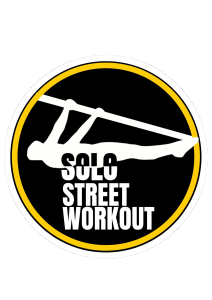
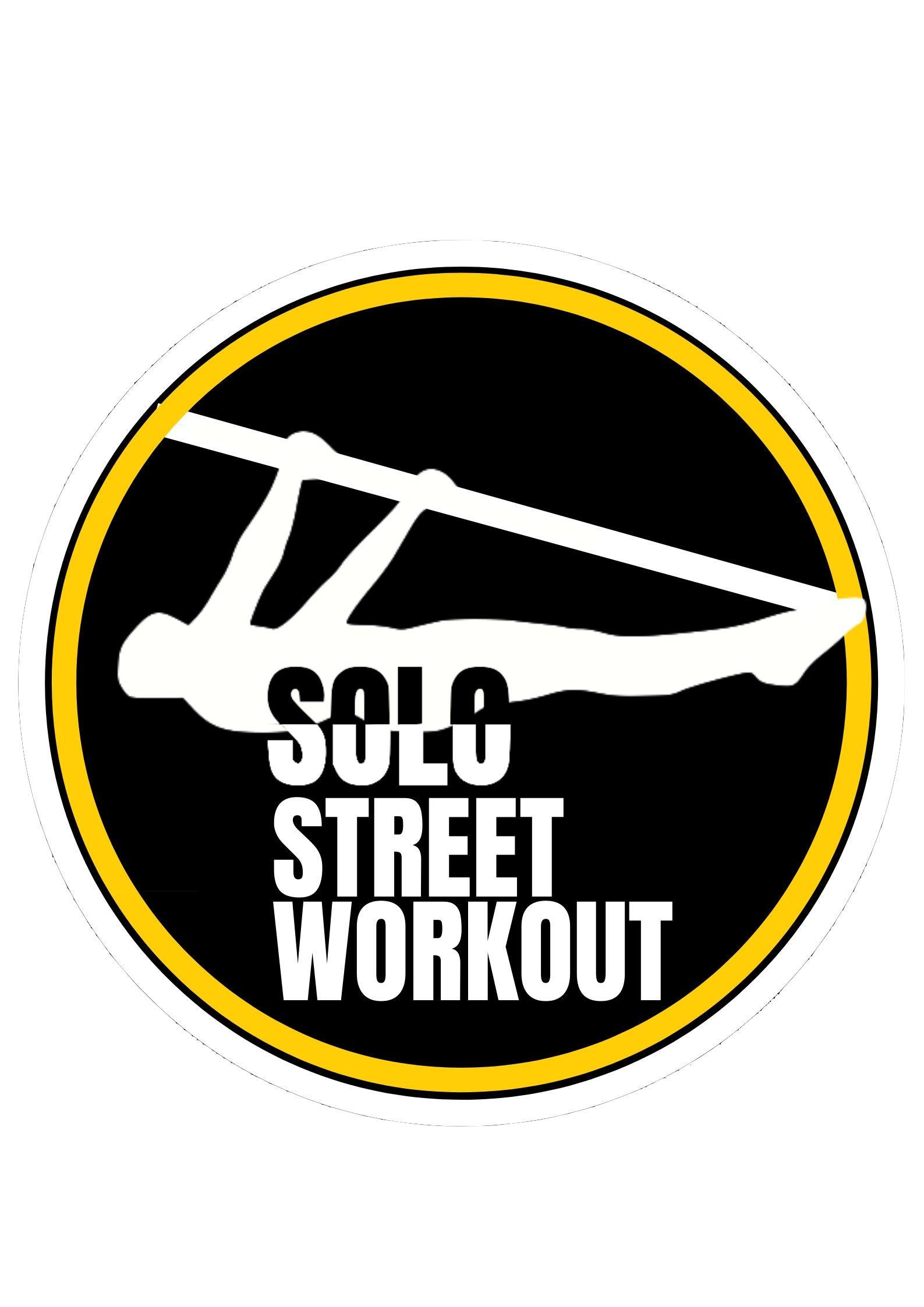
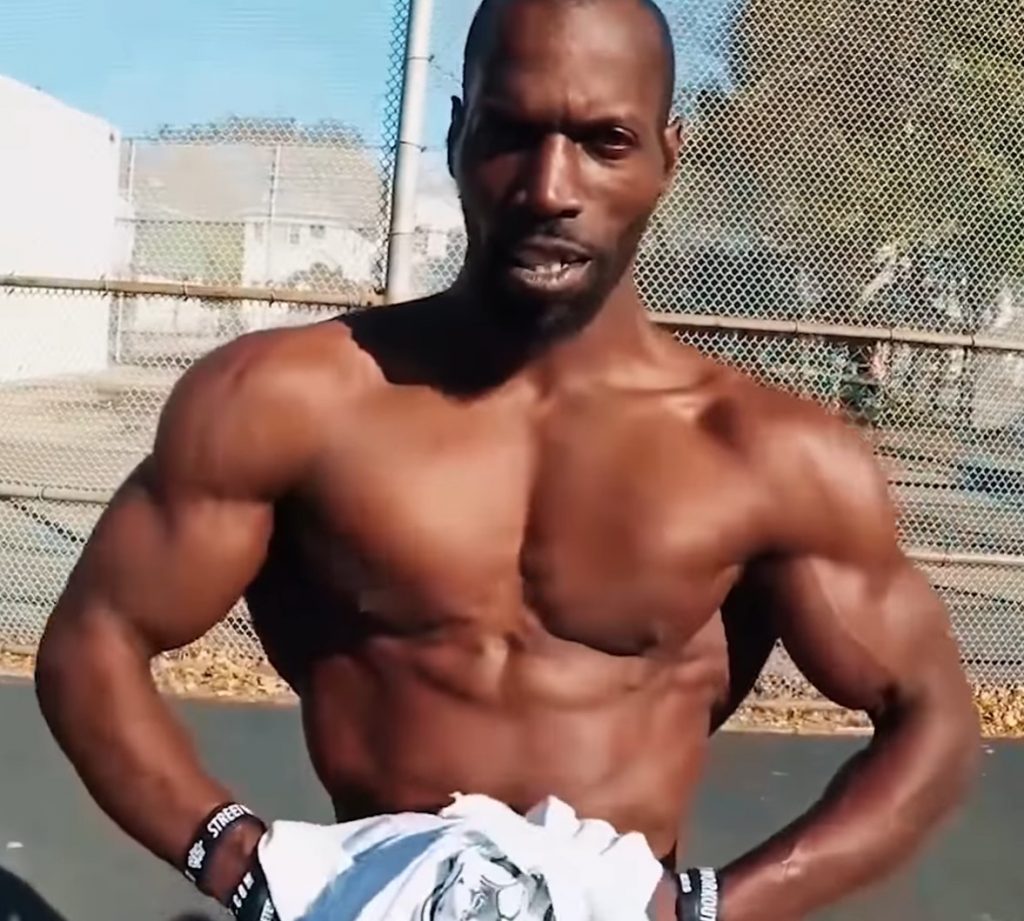
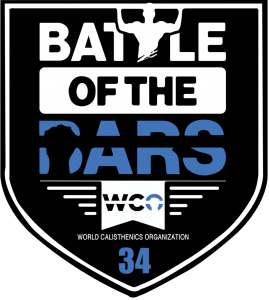

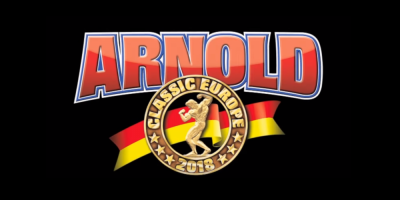

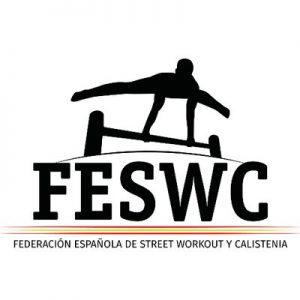
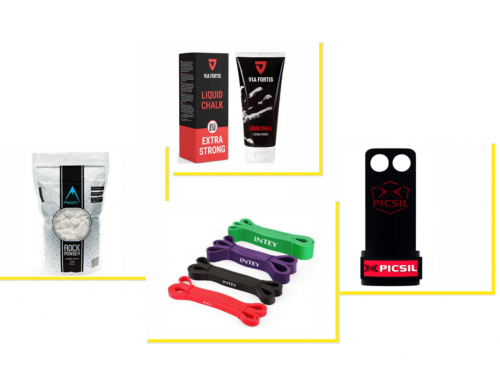
Leave A Comment